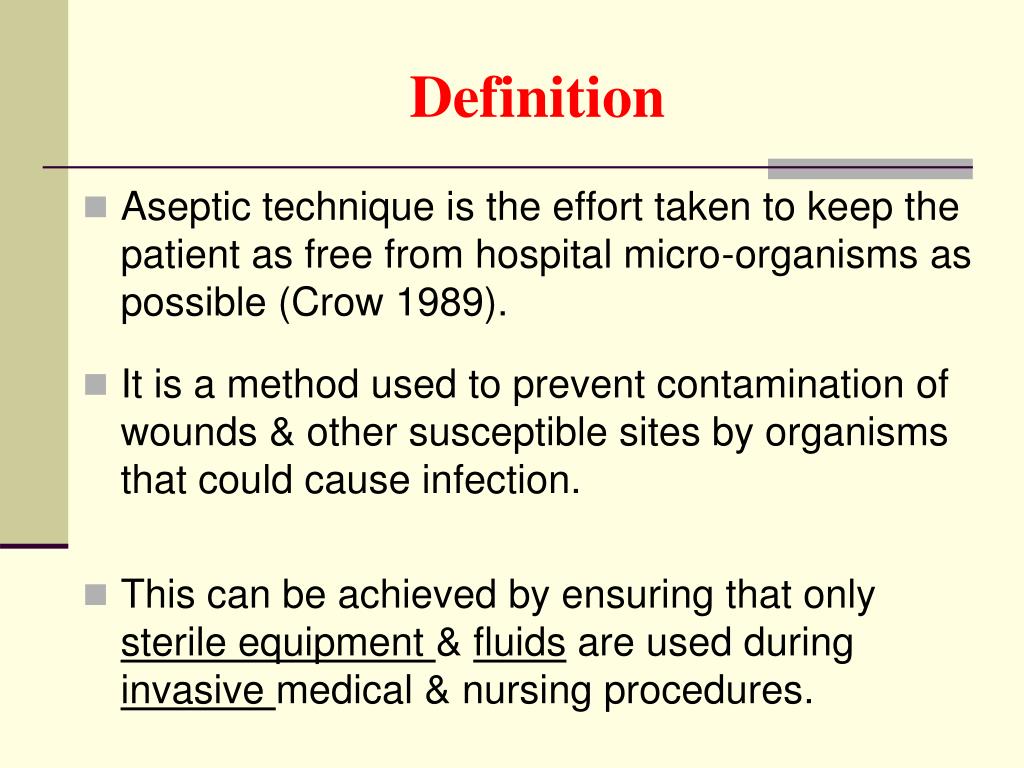

Some viruses and prions are not affected by disinfectants. Low disinfectants: they are active only against some viruses and bacteria.Intermediate disinfectants: they are active against microbes but not against bacterial spores.High activity disinfectants: destroy all microbes and spores, except when they are in large quantities.

It is the process of eliminating microorganisms on objects using chemical agents known as disinfectants.ĭisinfectants are classified according to their activity in: Some factors should be considered for the choice of the appropriate antiseptic:

Iodine and iodine compounds (providing, betadine): act by breaking down the cell wall and stimulating the oxidation of the compounds.Chlorhexidine: acts by breaking the cell wall of microorganisms. It is effective with Gram-positive bacteria and some fungi.Alcohol: they act by denaturing proteins and is active against Gram-positive and Gram-negative bacteria, some fungi, and viruses.Antiseptics and their mechanism of actionĪntisepsis is applied in situations where microorganisms can normally be found. Chemical substances called antiseptics are used to eliminate or decrease the proliferation of microorganisms. Among the most common antiseptics we have: When we cut ourselves, we are doing antisepsis when we wash the wound and put alcohol or povidone, all this with the intention that the wound does not become infected. The patient, in turn, is treated with antiseptic agents in the incision or cut area, to prevent his own microbiota from entering the body and causing an infection.They wear gloves and other clothing to avoid contaminating the patient with their microbiota (or bacterial flora).they wash their arms with antiseptic agents,.The term “antisepsis” derives from the Greek sepsis which means “rot” and the anti prefix meaning “against.” Antisepsis would come to mean something “against rot.”įor example, in a surgical intervention, doctors, and nurse (s):
ASEPSIS DEFINITION SKIN
Microorganisms, such as bacteria and fungi, normally inhabit the skin and mucous surfaces (such as inside the mouth). When a surgical procedure is performed, for example, the extraction of a tooth, or we have a wound, these microorganisms can cause infections. The use of sterilized material in a dental procedure.Īntisepsis is the removal and/or decrease of microorganisms in the skin or mucous membranes of living beings. Washing of the mouth with antiseptic agents when a dental procedure is performed. Prevent wound infections from microorganisms in the body or the environment.Įliminate contamination by pathogenic microorganisms. Removal or destruction of microorganisms on living beings.ĭestruction of microorganisms on surfaces or inanimate objects.


 0 kommentar(er)
0 kommentar(er)
